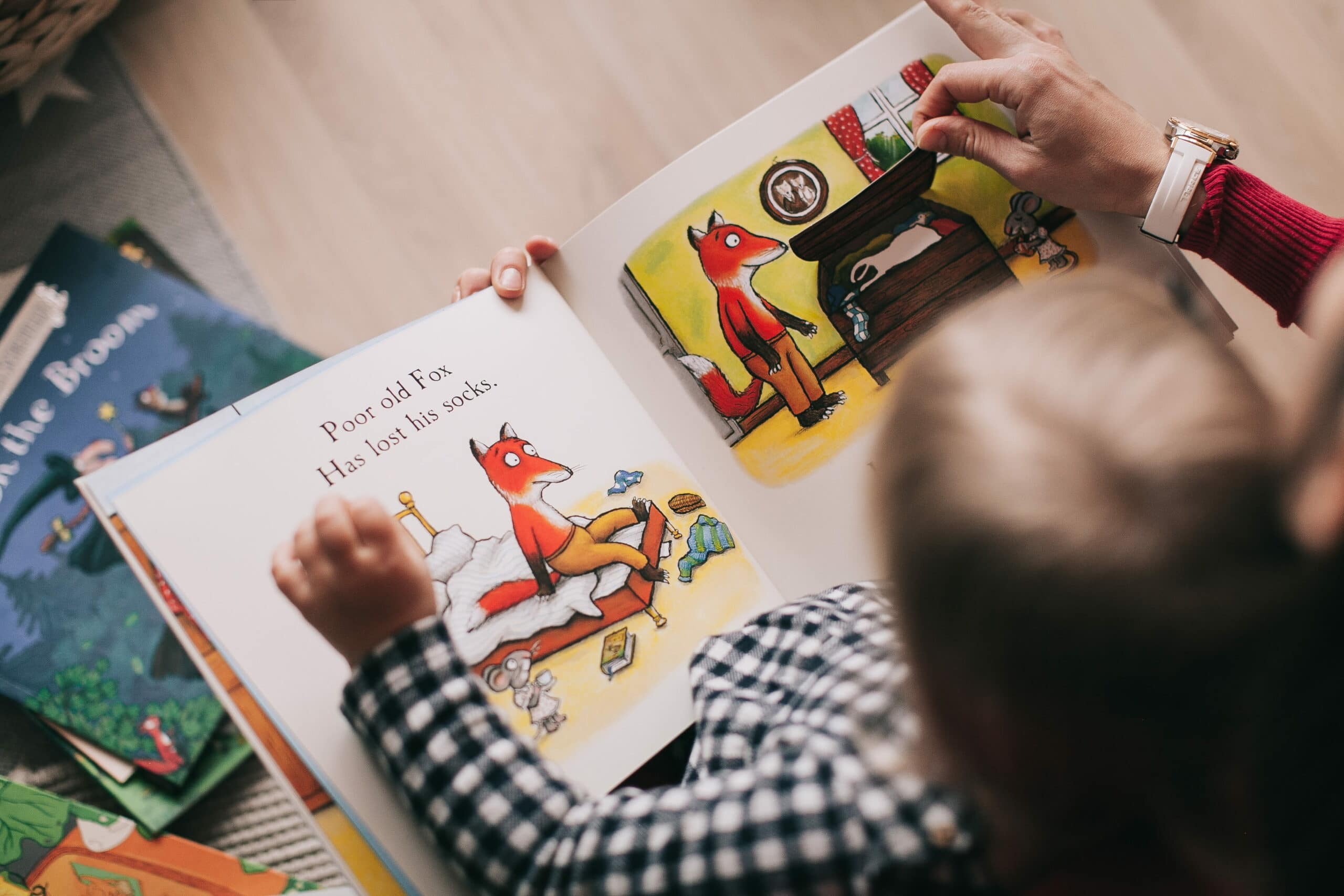
Dyslexia during the first school years
Dyslexia during the first years is often hard to discover. When a child enters school and starts to learn how to read and write the condition becomes more apparent. In some cases, it might be possible to detect signs of dyslexia in a young child. For example, delayed speech development compared with children of the same age, even though delayed speech can have many different causes. If however, you notice that your little one struggles with letters and words, there are things you can do as a parent/guardian or relative to ease your child’s way out into the world.
As parent to a dyslexic child you can feel powerless. First of all, you are a parent. It is not your job to teach your child to read and write – it’s the future school and teachers’ job. Your job is to be loving and supporting – a bridge to the outside world for your child. A good ground rule is to learn in school and practice at home. So, what can you and your child practice at home before school? And what can you look out for in order to detect dyslexia?

The discover
Discovering dyslexia in your young child before it enters school can be both hard and, once done, create a lot of emotions. Here are some symptoms to look out for or you can download a handbook:
- speech problems, such as pronouncing long words the wrong way or “jumbling” up phrases (for example “hecilopter” instead of “helicopter” or “beddy tear” instead of “teddy bear”)
- having a hard time expressing themselves using spoken language, unable to remember the right words or putting sentences together incorrectly
- having little understanding or appreciation of rhyming words or nursery rhymes
- having difficulty with, or little interest in, learning letters of the alphabet
What parents can do
You teach and show and guide all day long, from the very beginning to when your child moves out. And even more so for a child with dyslexia. The time and days you spend together are full of opportunities to play with language and words – children learn in the most effortless way when playing. Find words that rhyme, search for words with the same initial letter (cloud, cat, clown, car), find every “s” in a short text on a package. Ponder what happens if you remove a sound in a word (“What do I get if I take away ‘c’ in ‘crow’?”). Try to answer every question your child has about words and why things are called what they are called. Show your child how fun and exciting language can be!
Read to your child! In Sweden many parents start reading for their babies when they are only four months old, making them used to written words, books and reading. This gives an advantage when the time comes for the child to read and write on its own. Reading aloud develops language – it is a safe and cozy moment for your child to listen to how words are pronounced and also to discover the incredible worlds that lie beyond them. But don’t forget to keep this up – even when your child starts to get older.
– Parents today are driving their children all over the country, but many of them don’t make time to read aloud 20 minutes a day, says Elisabeth Marx, special teacher and parent of an adult child with dyslexia (article in Swedish). She works in a secondary school in Stockholm, lectures at the university, does reading and writing investigations and supervises teachers and parents.
– If they understood just how important it is they probably would think differently, she concludes.
Schooltime is coming
When it is time for school, collaboration is the way forward. As a parent, make sure your child arrives at school well slept and with breakfast in the belly. Help your child remember stuff and getting structure, keep reading aloud to it and let it help you write things down, like shopping lists. It may also be a good idea for putting your child in front of a computer or an Ipad – some children can focus better when writing on a screen. The words become more neat and spelling mistakes are easily corrected. The child can experiment with fonts and colors and then the writing becomes even more fun!
In Sweden, the school must thoroughly investigate a student’s reading and writing difficulties. Then an action plan is established – with the teacher, parents and child present. The action plan is detailed and describes what has to be done, when and by whom. The action plan must also be regularly evaluated and updated.
– The worst thing a teacher can say is ‘don’t worry’, says Elisabeth Marx. Because that’s what parents do – they worry! They don’t want to hear those words. They want straight answers and to see that the school is doing something concrete about the problem.
So, what if your child doesn’t get the help and support that he or she needs?
– If you’ve tried talking to teachers, special tutors, the principal and still nothing happens? Then the last thing to do is report the school to the School Inspection, says Elisabeth Marx.
